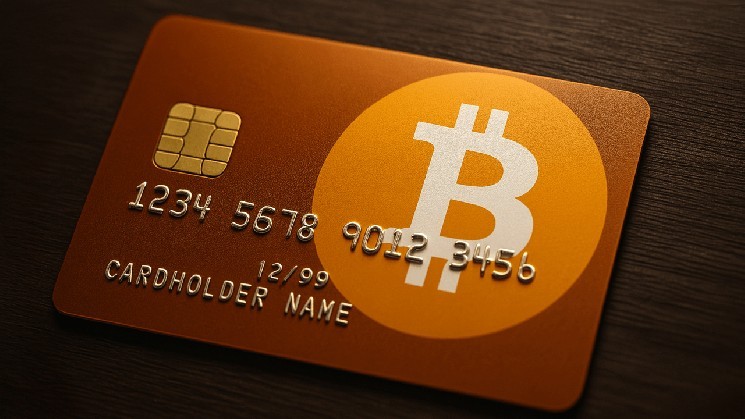Crypto playing cards, as soon as seen as a distinct segment innovation, are actually considerably influencing on a regular basis monetary selections, with the market anticipated to achieve $152.2 billion by 2031.
Demographics Driving the Shift
Crypto playing cards, as soon as thought-about a distinct segment innovation, now form on a regular basis monetary selections, with the market projected to achieve $152.2 billion by 2031. These playing cards are used for all the things from on-line purchases to every day funds and are reportedly utilized by practically one in 10 Individuals, and an excellent increased proportion of customers in Brazil, Portugal and Slovenia.
Based on a Nexo European Financial Space (EEA) card report, Gen Z, millennials and high-net-worth people (HNWI) of any age are driving this shift. Previously 12 months, these teams contributed to an over 72% year-over-year improve in crypto-backed borrowing by way of the Nexo Card, which was significantly evident within the EEA, which noticed a 203.3% surge in whole card transaction quantity.
In the course of the 12 months, greater than 100,000 bitcoin ( BTC) and 750,000 ethereum ( ETH) have been saved from being bought by utilizing the Nexo Card’s collateralized credit score line, whereas weekly card transaction frequency grew by 324%.
Elitsa Taskova, chief product officer at Nexo, mentioned the examine findings present that customers now more and more view the cardboard as an on a regular basis monetary software.
“Right now, individuals don’t need to select between their monetary future and their current wants — and the Nexo Card displays that,” Taskova said. “It’s empowering customers to reside totally with out dropping the potential of their property. Whether or not it’s artwork, journey, or supporting a liked one, crypto is now a part of on a regular basis life.”
Cross-Generational Use
As per the examine’s information, Gen Zers account for 37.7% of customers who view the crypto card as a “digital native extension of their lives.” Millennials rank second with roughly 30%, whereas Gen X and child boomers collectively make up 32%. Whereas youthful customers favor a debit-style spending mannequin, older cohorts, particularly the HNWI, usually lean towards credit-backed fashions.
The examine concludes that crypto card spending is not a “area of interest development,” however a “cross-generational, cross-border shift in conduct — from saving to spending, from holding to leveraging.”
In the meantime, the examine information additionally reveals that 65% of Nexo Card’s debit transactions in 2024 have been made utilizing stablecoins, indicating that a big portion of customers are using stablecoins for on a regular basis purchases like groceries and journey. The report concludes that stablecoins have advanced into the “on a regular basis cash of the web.”









